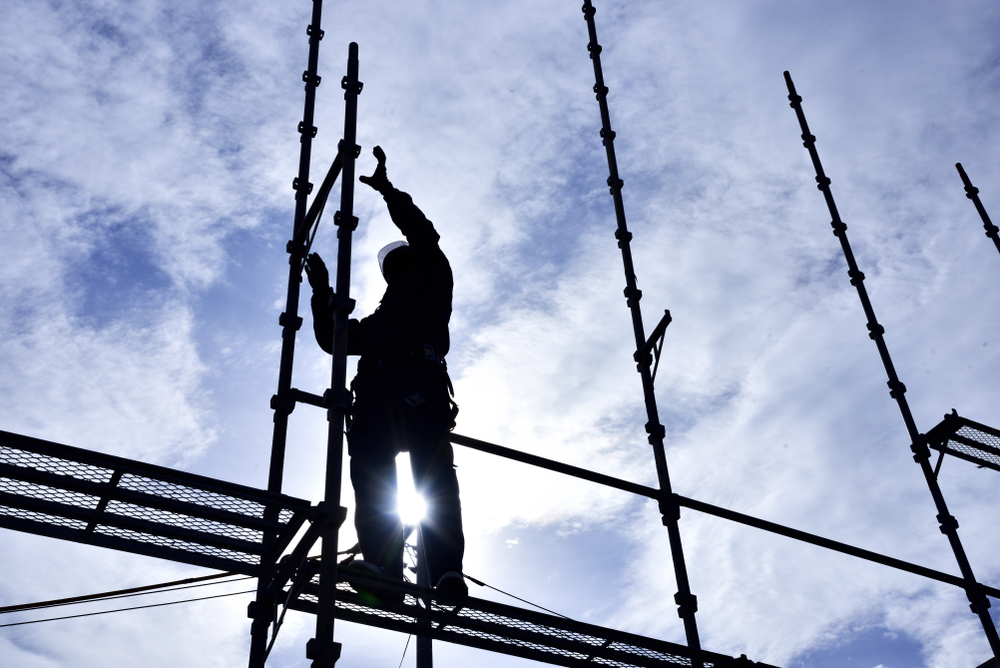Step By Step Guide To Scaffold Erecting
Scaffold erecting in Derbyshire is one, if not the most, important and all encompassing services we supply. Safely and effectively putting scaffolding up might seem like a relatively simple and mundane task. However, enacting the process requires sufficient training and able personnel.
The process can sometimes seem quite convoluted to the uninitiated. On the whole, the process is a high risk activity. While it is highly not recommended to try and assemble scaffolding on your own without the relevant tools and equipment; at Network Scaffolding we want our customers to have a better understanding of our beloved industry. As such, we thought why not detail a general step by step guide on how to erect scaffolding.
We have recently touched on some of the most commonly used jargon in the scaffolding industry and we have touched on the various components of scaffolding. It might be worth revisiting these blogs to garner a better understanding of what we will be talking about.
Whilst there is no one size all in regard to scaffold erecting, there are definitely some do’s and don’ts and that is why we thought we should provide a more general guide.
A Secure and Safe Foundation
When it comes to erecting scaffolding; first thing is first. To build a secure and sturdy structure, you will require a sufficient foundation and solid working platform.
Depending on the location and type of scaffolding, you have to select one of either base plates or mud sills to attach the structure to. When selecting the foundation, you will be required to ensure the location is close to the establishment you are working on; whether that be a commercial building or a domestic property. You should then ensure the foundation is level.
If the flooring is uneven, you might need to dig a hole to put the scaffolding in. This ensures the structure remains steady.
Does The Structure Need to Move?
When assembling the scaffolding structure, you will need to evaluate if the structure needs to be moved at any point of the project. When working on domestic properties in particular, the structure might be required to move and therefore; you might need to attach casters to the bottom to enable free and easy movement.
The Assembling Process
Potentially the trickiest part of the scaffolding erecting process is the actual assembly. Putting together the guard rails, support poles, ledgers and decking can go astray very quickly.
One of the more proven methods is to lay out the ends of scaffolding; lift one piece and attach it to the upper cross brace. The far end of the brace should support the already assembled pieces.
Put in the Planks
Once the structure is up and you have made sure the structure is safe and secure, simply slide in the planks in the scaffolding bars. Effective hard wear should be included to ensure the planks are secured to the structure and they won’t move.
Secure Access To The Scaffolding And Attach Guardrails
Once the scaffolding has been erected, you will want to ensure you have easy access to the scaffolding. As such, a convenient ladder might be implemented. Guard rails are highly recommended at the top of structure due to the fact that they are highly effective at fall prevention.
Final Checks
Once your scaffolding has been erected you will want to carry out any final checks to ensure the structure is definitely safe and effective.
While we understand this step by step guide is not completely all encompassing, we hope we have given you more of an understanding of what it is like to use scaffold in Derby.

